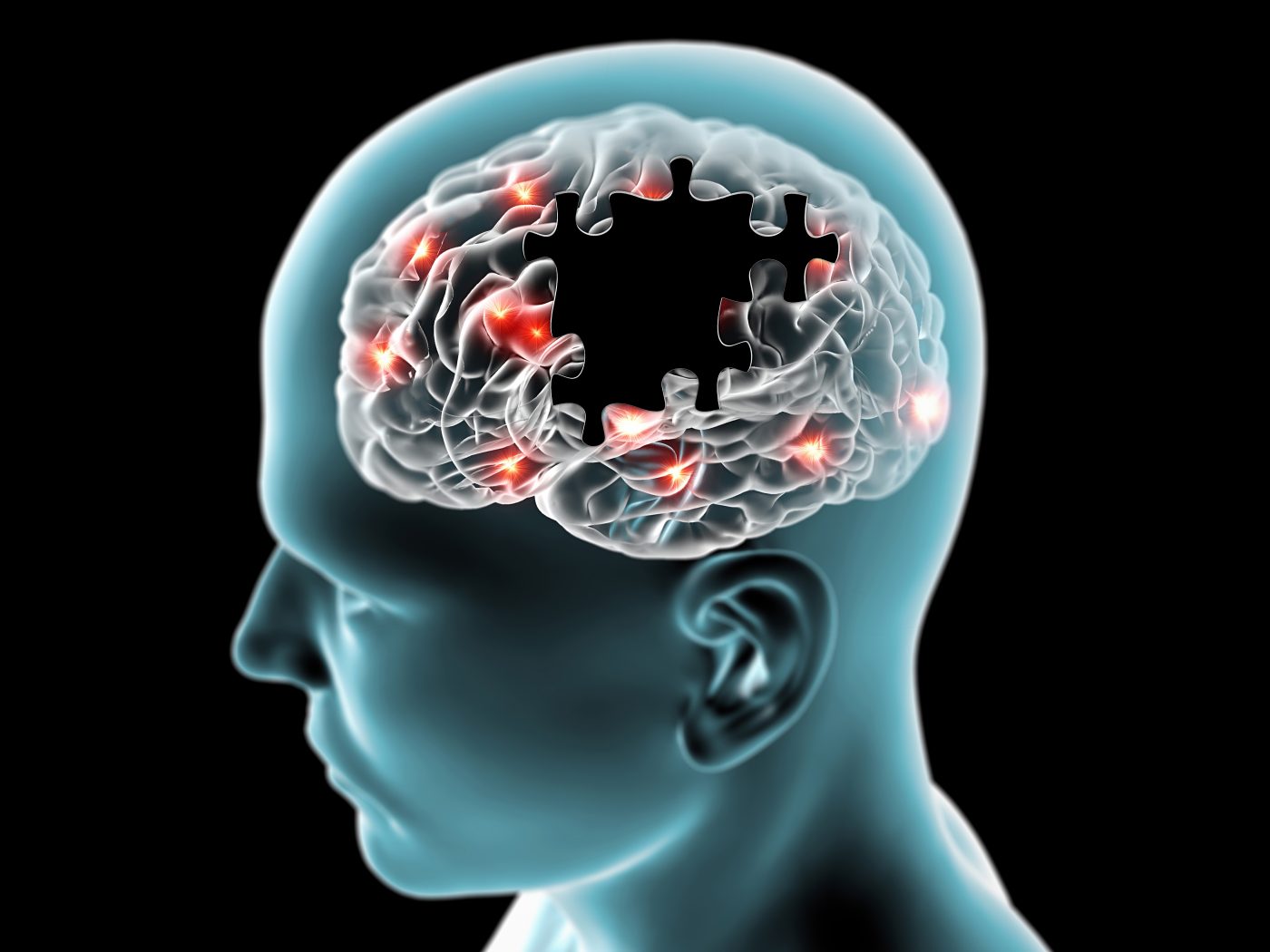Researchers Decrease Accumulation of Damaging Huntington’s Disease Protein Using New Method in Mice
Written by |

A recent study published in the journal Neuron by University of California at Irvine researchers revealed that the protein PIAS1 regulates the accumulation of a mutant protein in Huntington’s disease, and its expression associates with disease pathogenesis in a mouse model of the disease. The study, “PIAS1 Regulates Mutant Huntingtin Accumulation and Huntington’s Disease-Associated Phenotypes In Vivo,” identifies PIAS1 as a potential new target for Huntington’s.
Huntington’s disease is an inherited, neurodegenerative genetic disorder caused by a mutation in the Huntingtin gene that impairs patients’ movements and cognition and leads to mental decline and behavioral symptoms. The disease presents other neuropsychiatric conditions, including depression, apathy, and irritability. Underlying Huntington’s disease, as in many other neurodegenerative diseases, is the loss of protein quality control networks and, consequently, the accumulation of highly insoluble protein complexes, composed by Huntingtin (HTT) protein and SUMOylated proteins.
In a previous study, UCI neurobiologists Leslie Thompson and Joseph Ochaba, in the departments of Neurobiology & Behavior and Psychiatry & Human Behavior, discovered that the enzyme PIAS1 (an E3 SUMO-protein ligase) regulates HTT accumulation and SUMO modification in cells.
Now, researchers investigated whether modulation of PIAS1 in neurons would have an impact in Huntington’s disease phenotypes in a living organism. They injected a PIAS1-directed miRNA into the basal ganglia of the brain (corpus striatum) to perform an in vivo knockdown of PIAS1 expression, and found it led to a significant improvement of mice behavioral phenotypes. Specifically, they observed that reducing PIAS1 expression prevented accumulation of mutant HTT protein, together with SUMO- and ubiquitin-modified proteins, and associated with normal levels of key inflammatory markers. In comparison, PIAS1 overexpression enhanced mutant HTT protein-associated phenotypes and aberrant protein accumulation.
These results strengthen the link between accumulation of insoluble protein complexes and Huntington’s disease pathogenesis and suggest that PIAS1 protein is a potential new target for future therapies in Huntington’s disease.
San Diego-based Molecular Stethoscope, a company that develops blood-based early detection and disease monitoring tests, is partnering with 23 national medical and academic institutions to address some of the most puzzling scientific questions about disease diagnosis and monitoring.





